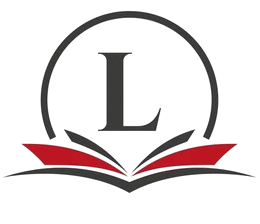Tasnif
«Physical Chemistry Third Edition» nomli kitob, Peter Atkins va Julio de Paula tomonidan yozilgan va kimyo sohasidagi fizikaviy konseptlarni tushuntirish uchun mo’ljallangan. Ushbu qo’llanma, kimyo fanni o’rganuvchilari va tadqiqotchilar uchun zarur bo’lgan asosiy ma’lumotlarni o’z ichiga oladi.
Kitobda kimyo sohasidagi muhim konseptlar, fizikaviy tamoyillar, molekulyar kimyo va termodinamika masalalari keng qamrovda taqdim etilgan. Shuningdek, atom va molekulalar orasidagi o’zaro ta’sirning fizikaviy asoslari, reaksiyalar termodinamikasi va kinetikasi haqida tushunchalar, kuantum kimyo va spektroskopiya bo’yicha qiziqarli ma’lumotlar ko’rsatilgan.
«Physical Chemistry Third Edition» tajribali kimyo o’qituvchilari, tadqiqotchilari va kimyo sohasida qiziqishli bo’lganlar uchun mo’ljallangan. Ushbu qo’llanma, kimyo sohasidagi fizikaviy konseptlarni o’rganish va tushuntirishga yordam beradi, shuningdek, kimyo fanini o’rganayotgan talabalar uchun yaxshi bir asosiy qo’llanma hisoblanadi.








Fikr-mulohazalar
Baho berilmagan.